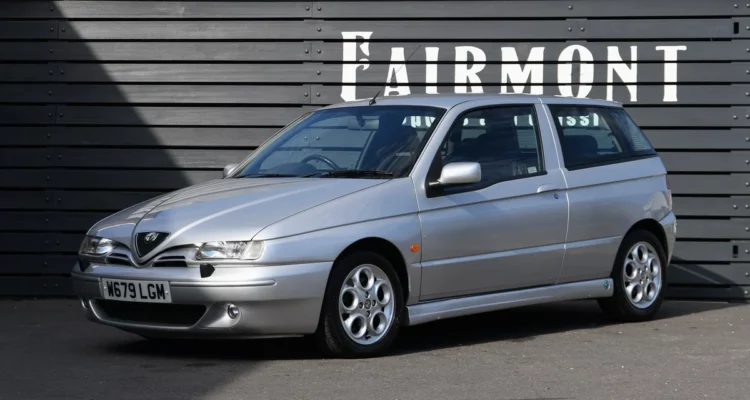Mercedes-Benz 300 SL – An Icon that very nearly wasn’t…
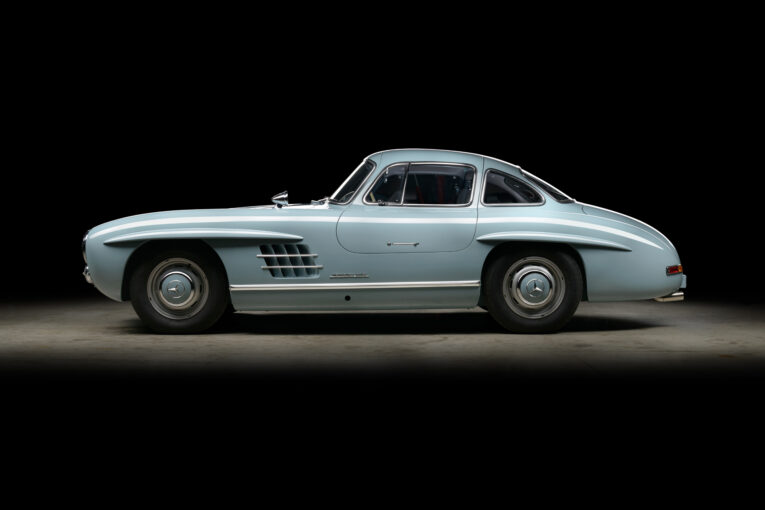
The Mercedes-Benz 300 SL is more than a car. It’s one of those machines that breaches the traditional parameters of our passion. You don’t need to be a classic car enthusiast to be aware of it. You don’t need to be particularly knowledgeable about cars at all, in fact. This is because the 300 SL is more than just a car; it’s art. And we know, it sounds a bit naff to call a car art, but the 300 SL truly is. That’s why people who know nothing of cars know exactly what a 300 SL is. It has transcended the automotive world and become more. It’s an icon, truly. Nobody has forced that title upon it, nobody has decided it’s an icon… it’s just become one. That’s how true, proper adoption of that term should be earned. But despite the 300 SL’s standing today, it very nearly never existed.
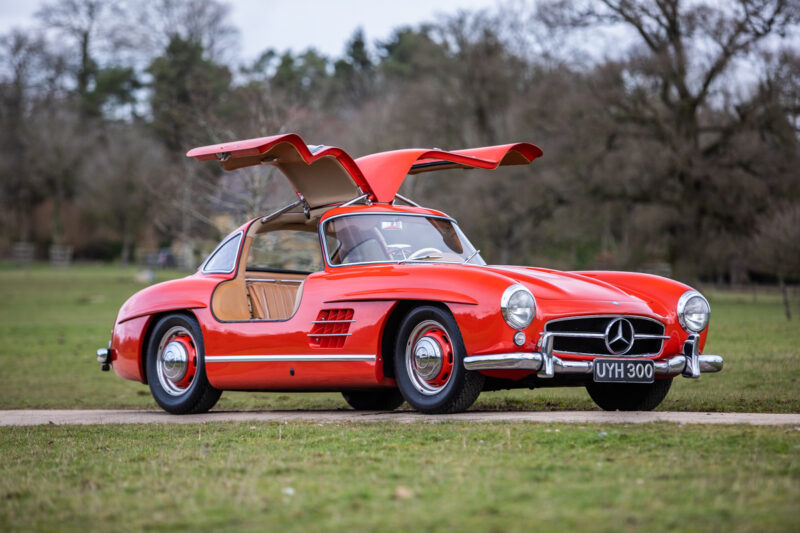
The story starts in a post-war world, one that was rebuilding from the rubble of the second great conflict. Mercedes-Benz was keen to get back into the world of motorsport, as it knew success here would mean the same in showrooms. Racing had always been the key to sales, before marketing men came in and ruined everything. Back then, your badge being the first to pass under the chequered flag was the foundation on which all ‘up and to the right’ graphs would be penned. Mercedes-Benz wanted that, so in preparation for the the 1952 sportscar raving season, it created the W194.
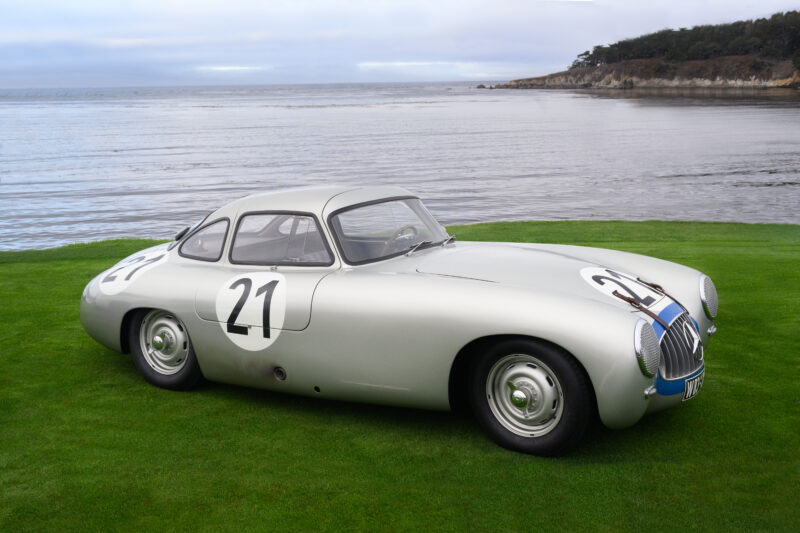
The W194 was a racing car. Not a production car. Back then, companies could build bespoke racers without a need to homologate, and the W194 was no exception. Spun from the mind of chief developing engineer, Rudolf Uhlenhaut, the W194 boasted a welded aluminium spaceframe chassis the likes of which had never been seen before. Power came from carb-fed 3.0 straight-six engine, mated to a four-speed manual transmission. All four corners were independently sprung, too. Then there were the looks, which are unmistakable when compared to the roadgoing 300 SL. The body was a sleek, aerodynamic affair, and it was light. As for those low legendary gullwing doors, they were the result of necessity, not design. The spaceframe beneath prohibited the use of traditional doors. Gullwing doors overcame that.
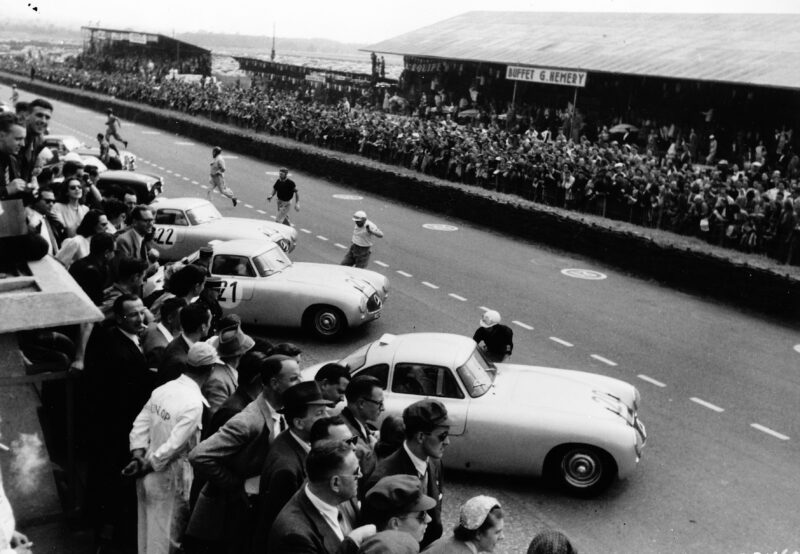
24 Hours of Le Mans, 1952. Shortly after the starting signal. The drivers run from their marked positions to their cars opposite them. In the foreground the subsequent 1-2 winners with their Mercedes-Benz 300 SL racing sports car (W 194). Second place, No. 20: Theo Helfrich/Helmut Niedermayr. Winners No. 21: Hermann Lang/Fritz Riess. No. 22: Karl Kling/Hans Klenk
The W194 only packed 175bhp from its straight-six engine, which was far less than rivals. However, it was light, it was sleek and once mastered by the driver, it would handle like nothing else on the track. Plus, it was reliable. Rivals just couldn’t touch it, as proven with victories in the 1952 24hrs of Le Mans, in Bern-Bremgarten, the Nurburgring and others. It was a formidable machine that put Mercedes-Benz back on the motorsport map. In America, this set New York based Mercedes-Benz distributor, Max Hoffman, into a giddy fizz.
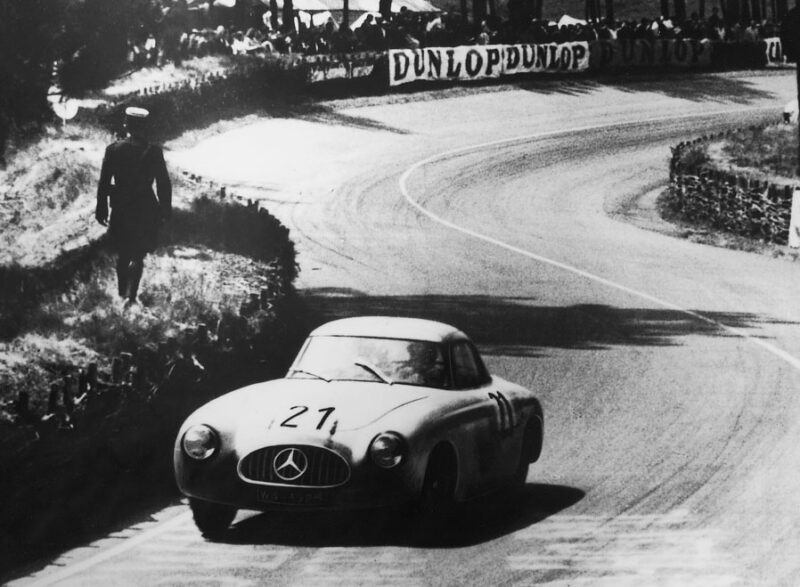
Max loved what the W194 had achieved, but was somewhat perplexed that such a beautiful machine would only ever be the reserve of the race track. As such, he broached the subject during a directors’ meeting in 1953. Presumably with maximum New Yorkian bravado, explained to the other people in Stuttgart that there was a need for a such a machine. He knew buyers first hand who would jump at the chance to own a road-ready version of the W194, and thus with the approval of Mercedes general director, Fritz Konecke, an order of 1,000 was placed. The 300 SL was born.
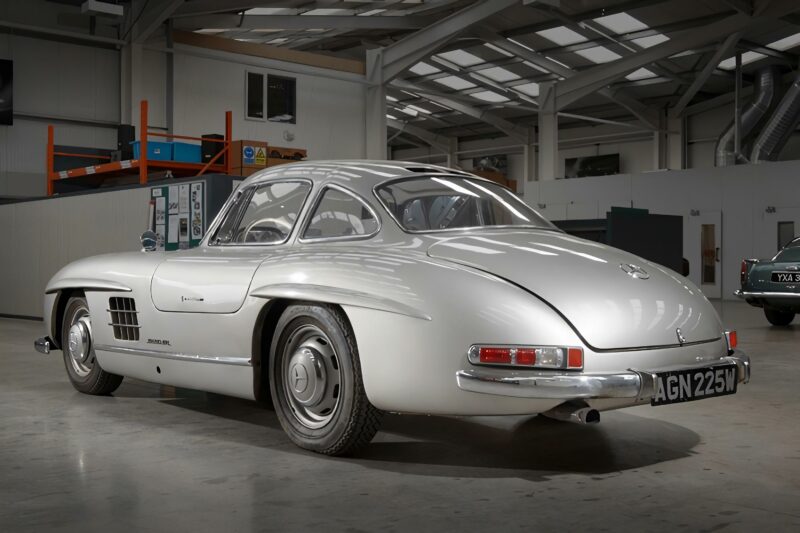
The car, along with the new 190 SL, was unveiled at the 1954 New York International Auto Show, and the crowds fell in love with what they saw. It looked every bit the race car, but with more refinement. And crucially, because it was so closely modelled on the racer with its spaceframe chassis, the dazzling gullwing doors remained. It was even more powerful, too, thanks to mechanical fuel-injection being fitted to the 3.0 straight-six engine. It wasn’t a small jump in power, either. It went from a carb-fed 175bhp to a fuel-injected 240bhp. Though there was some performance offset, in that the road going 300 SL was made of steel (bar the aluminium bonnet, boot and doors), and had things like seats and carpets and a Becker radio.
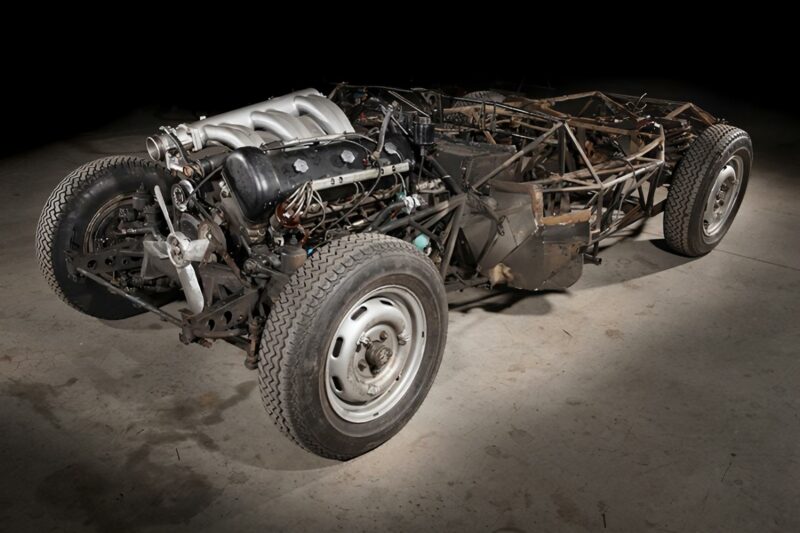
Though beautiful, the 300 SL wasn’t want you’d call a practical car. The gullwing doors gave it a sense of theatre, but remember they were there because of the massive, imposing spaceframe beneath. This meant drivers and passengers had to slide over a thick, wide sill before having to thread their legs into the car. So difficult was ingress and egress for the driver, the steering wheel was hinged to fold flat to allow space for those troublesome legs. Once in the car, it was a feeling more akin to wearing it than driving it. Sitting impossibly low, enveloped by the body and chassis, it was unlike anything else of the time. But that just made it even more special.
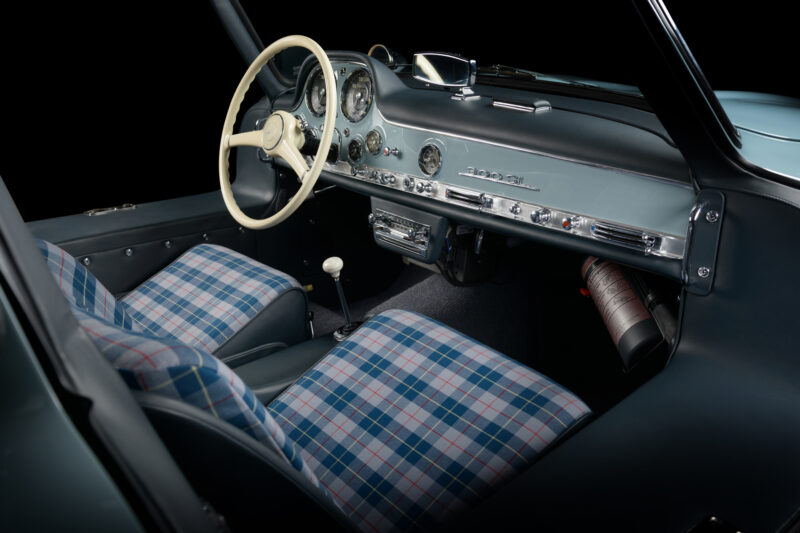
By 1957, however, sales had started to fall thanks to the impracticalities and the reality that the novelty of the 300 SL was wearing off. Mercedes-Benz was all too aware that people wanted a car they could use and enjoy with relative ease. Its solution to satiate this need was simple – decapitate the 300 SL. This did of course mean the gullwing doors would go, but by making a roadster version (from 1957 to 1963) Mercedes-Benz was able to give customers something new, without completely killing off the model. And really, it was always begging to be topless. The gullwing doors are spectacular, but only if you don’t have to live with them!
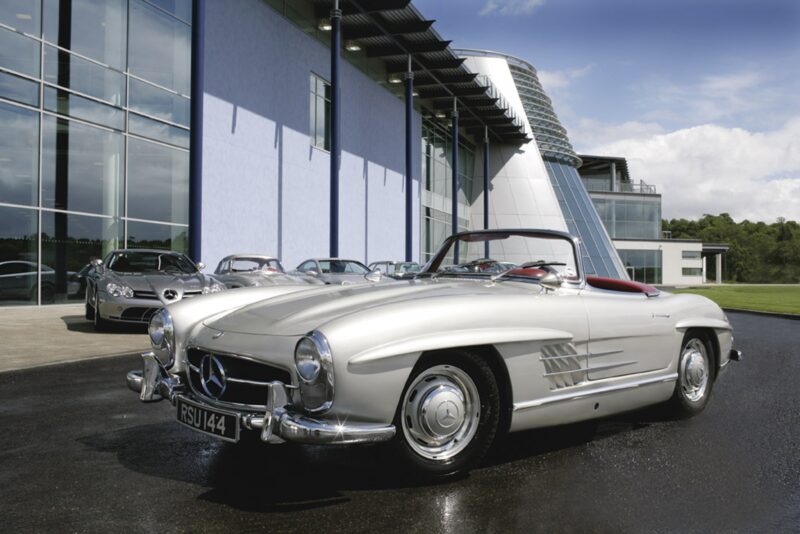
Born out of a need to compete, the 300 SL is not a car that would exist today. In 2023, there is too much red tape, too many committees, too many bean counters and so on. But back in 1953, one man with a bit of company clout, could bring such machines to fruition via a board meeting. It was a different time, and we’re so very glad it was. We’re keen to celebrate when the impossible was made possible by asking one question. We delight in knowing that such a snapshot moment would be the origin story of a car so significant. A machine unlike any other, one built for the joy of building something spectacular, and one that is today imprinted on the minds of so many.

